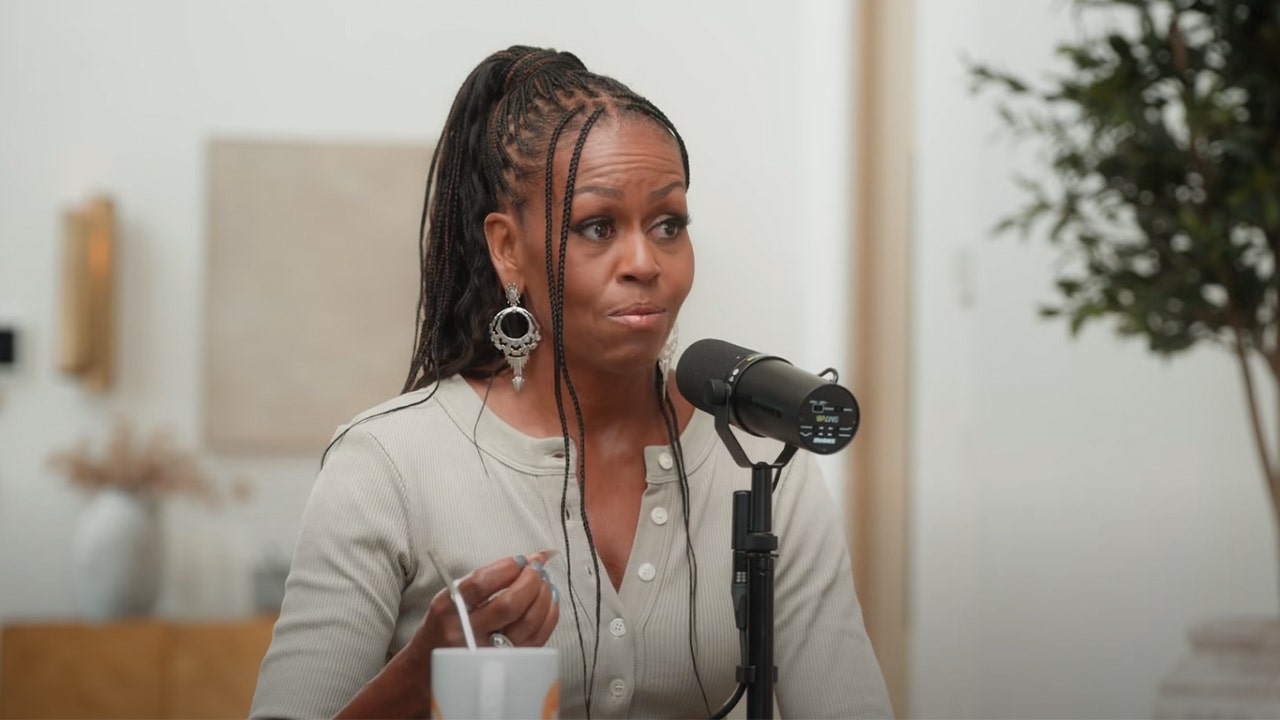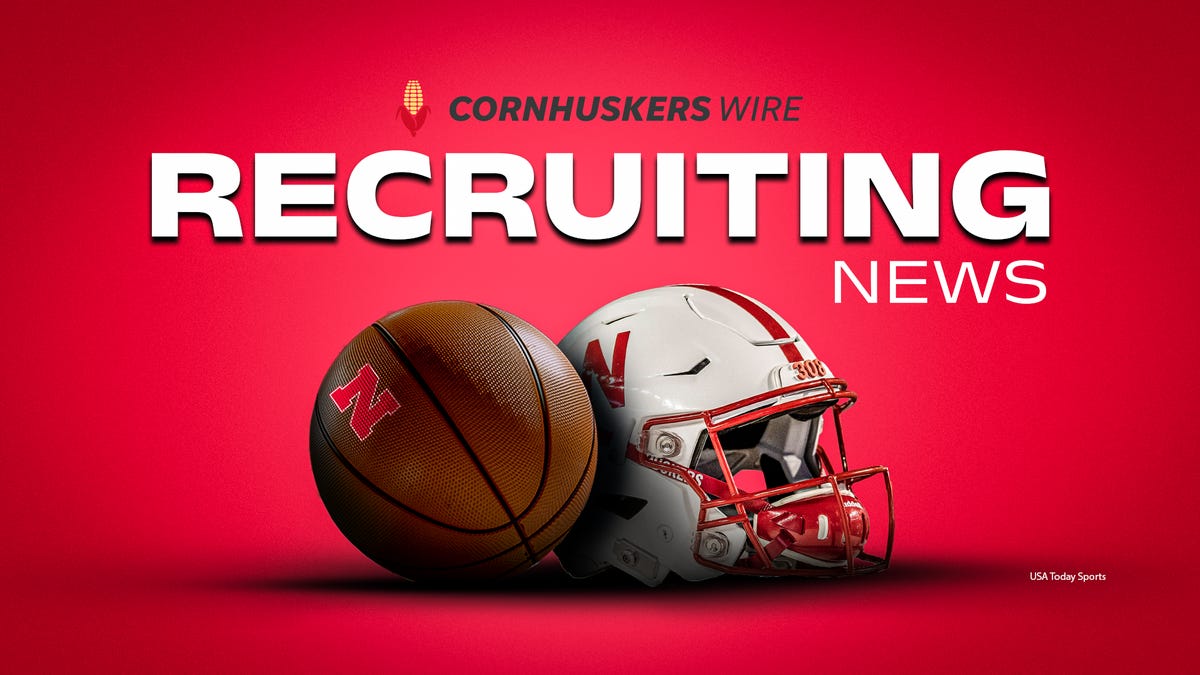Ohio
This procedure is banned in the US. Why is it a hot topic in fight over Ohio’s abortion amendment?

COLUMBUS, Ohio (AP) — With Election Day closing in, anti-abortion groups seeking to build opposition to a reproductive rights measure in Ohio are messaging heavily around a term for an abortion procedure that was once used later in pregnancy — but hasn’t been legal in the U.S. for over 15 years.
In ads, debates and public statements, the opposition campaign and top Republicans have increasingly been referencing “partial-birth abortions” as an imminent threat if voters approve the constitutional amendment on Nov. 7. “Partial-birth abortion” is a non-medical term for a procedure known as dilation and extraction, or D&X, which is already federally prohibited.
“It would allow a partial-birth abortion,” Ohio Gov. Mike DeWine told reporters recently as he explained his opposition to the constitutional amendment, known as Issue 1.
“For many years, in Ohio and in this country, we’ve had a law that said a partial-birth abortion — where the child is partially delivered and then killed and then finally delivered — was illegal in Ohio,” the governor continued. “This constitutional amendment would override that.”
Constitutional scholars say that is not true and that the amendment would not override the existing federal ban if Ohio voters approve it.
“So changing our constitution will not affect in the slightest way the applicability of the federal partial-birth abortion ban,” said Dan Kobil, a law professor at Capital University in Columbus, who supports abortion rights. “It would be a federal crime for a doctor to violate that ban.”
That’s because the supremacy clause of the U.S. Constitution calls for federal laws to trump state laws, said Jonathan Entin, professor emeritus of law at Case Western State University.
“If the federal law prohibits a particular technique, then that’s going to prevail over a state law that might be inconsistent,” he said.
Ohio is the only state this November where voters will decide whether abortion should be legal. But the debate isn’t happening in isolation. The state has been used as a campaign testing ground by anti-abortion groups after a string of defeats since the U.S. Supreme Court overturned a constitutional right to the procedure. And next year, abortion rights supporters are planning to put the question before voters in several more states, ensuring the issue will be central to races up and down the ballot.
A D&X procedure involved dilating the woman’s cervix, then pulling the fetus through the cervix, feet-first to the neck. The head was then punctured and the skull emptied and compressed to allow the fetus to fit through the dilated cervix. Before the federal ban, it was used for both abortions and miscarriages in the second and third trimesters of pregnancy.
DeWine was serving in the U.S. Senate when the Partial-Birth Abortion Ban Act was passed in 2003. He voted for the prohibition, which declared a “moral, medical, and ethical consensus” that the procedure was “gruesome and inhumane.” President George W. Bush signed the measure into law with DeWine at his side.
The ban was largely on hold while a constitutional challenge played out. The U.S. Supreme Court in 2007 rejected arguments against the law, upholding its application across all 50 states.
Asked why the governor suggested a federal law he supported would not apply if Ohio changes its constitution, spokesman Dan Tierney said DeWine bases his position on provisions of the U.S. Constitution that prevent the federal government from regulating conduct that has no effect on interstate commerce. Kobil acknowledged that argument, but said it’s “almost certain to fail” if tested, given that the Supreme Court already declared the ban constitutional.
DeWine isn’t the only top elected Republican in the state to warn that the procedure would be revived if the amendment passes on Nov. 7.
In a memo earlier this month, Republican Attorney General Dave Yost said the state’s laws outlawing abortions through D&X and another procedure, non-intact dilation and evacuation, or D&E, the most common second trimester method, “would both be invalidated and these abortions would be permitted” if the amendment passes. The Ohio Senate’s Republican supermajority passed a resolution saying something similar.
Entin, of Case Western, said “to the extent that the Ohio laws he’s discussed are also covered by the federal law, it doesn’t matter,” because federally banned procedures would remain illegal.
Kelsey Pritchard, director of state public affairs for Susan B. Anthony Pro-Life America, whose political arm is a major funder of the campaign opposing the amendment, said the federal ban “lacks enforcement” under a Biden Administration she described as “extreme pro-abortion.”
“If it’s not being enforced, if there’s no teeth to it, then the protections need to happen at the state level,” argued spokesperson Amy Natoce of Protect Women Ohio, the Issue 1 opposition campaign. “Of course, if Issue 1 passed, we won’t have those protections.”
Mae Winchester, a Cleveland-based maternal fetal medicine specialist, said use of the term in the campaign messaging over the amendment is misleading.
“‘Partial-birth abortion’ is a made-up term that only serves to create confusion and stigmatize abortion later in pregnancy,” she said. “It’s not a procedure that’s described anywhere in medical literature, and so it’s not considered a medical term or even an actual medical procedure.”
Ohio passed the nation’s first ban on what its lawmakers then dubbed “partial birth feticide” in 1995, just three years after Ohio physician Martin Haskell debuted the D&X procedure during an abortion practitioners conference. He touted it as a way to avoid an overnight hospital stay and as safer and less painful for women than other methods.
Protect Women Ohio has invoked Haskell’s legacy in one of its ads. It shows an image of Haskell and describes the procedure he pioneered as “painful for the mother and the baby.” The voiceover then calls for a no vote on the amendment “so people like Dr. Haskell can’t perform painful ‘late-term’ abortions.”
The spot doesn’t note the distinction between “partial-birth” and “late-term” abortions — both non-medical terms coined by anti-abortion advocates — nor reference the federal ban.
Mike Gonidakis, president of Ohio Right to Life, said because of protections provided to individuals and abortion providers in the amendment, “The ad withstands any scrutiny.”
Haskell retired from active practice two years ago. He declined comment. But he has donated to the main group supporting the constitutional amendment, Ohioans United for Reproductive Rights.
Pro-Choice Ohio Executive Director Kellie Copeland called talk of “late-term” and “partial-birth” abortions a scare tactic.
“Issue 1 allows for clear restrictions on abortion after viability that protect patients’ health and safety,” she said. “These situations, when a woman needs an abortion later in pregnancy, are incredibly rare and heartbreaking for families.”
Ohio hasn’t had an abortion of any type performed after 25 weeks’ gestation since 2018 and only four have been recorded since 2013, according to statistics compiled by the state Health Department. Abortions between 21 and 24 weeks’ gestation, a span that encompasses the outside limit of Ohio’s current law, totaled 576, or 0.6% of the total, over that time.
Pritchard, of Susan B. Anthony Pro-Life America, attributed the low numbers to the state’s existing abortion restrictions.
___
Associated Press reporter Christine Fernando in Chicago contributed to this report.

Ohio
Ohio Humanities get stopgap funding, but more needed after federal cuts and unclear future

Top headlines of the week, June 6 2025
Here are some stories you may have missed this week in central Ohio.
- The Trump administration drastically cut funding for the National Endowment for the Humanities, affecting grants to arts and culture organizations nationwide.
- The Mellon Foundation provided stopgap funding to state humanities councils, but it’s insufficient to replace lost federal funds, officials said.
- Ohio Humanities and other organizations are advocating for restored NEH funding in the federal budget.
After National Endowment of Humanities canceled tens of millions of grants to arts and culture institutions around the country April 1, including $2 million in Ohio, disproportionately affecting smaller and rural institutions, officials called the cuts “heartbreaking.”
Now, humanities funds around the country could breathe a small sigh of relief after the Mellon Foundation announced in late April that it would send each state council a grant to help each of them stay afloat, but that is a fraction of the once-reliable federal funding.
Each state humanities council got $200,000 in unrestricted funding to continue operating and up to $50,000 in additional matching funds.
The stopgap in funding is helpful, but the organizations need more stable funding to continue their work, Ohio Humanities Executive Director Rebecca Asmo said in an email to The Dispatch.
“The grant from the Mellon Foundation is an important bridge in funding that will help us respond to this crisis in the short term, but it in no way can replace the consistency and amount of federal funding that has been available to support communities throughout Ohio for the past 50+ years,” Asmo said.
Ohio Humanities moved up its annual fundraising campaign to help make the match and is about halfway to the goal a month after the initial grant announcement, Asmo said. But more funding is needed.
“The NEH contract termination abruptly eliminated $900,000 worth of funding that was anticipated between March 14 and Sept. 30, 2025, so while the Mellon funds are an important bridge, there is still much that is lost and much more we need to work to raise beyond the match,” Asmo said.
Although discourse about President Donald Trump’s “Big Beautiful Bill” has focused on proposed cuts to Medicaid and boosting national debt by $2.8 trillion over the next decade, it also omits future funding for cultural institutions, including the NEH and the National Endowment for the Arts.
Asmo said the organization is working to advocate for NEH funding in the federal budget, which barely passed the House and has an uphill battle in the Senate.
The NEH distributes funding around the country through state humanities councils, which were established in the early 1970s to facilitate more even distribution of grants around the country.
The Federation of State Humanities Councils and Oregon’s council also sued the Trump administration in mid-May. Although Ohio is not part of the lawsuit, Asmo said Ohio Humanities is paying close attention to the proceedings.
And although the National Endowment for the Humanities announced several new projects, including $260,000 to three in Ohio, this does not restore funding for the other projects with canceled funding.
“While we are encouraged to see NEH distributing grant funding, we are confused as to why these grants are being distributed when funds to state humanities councils were terminated. Over half of these grants are going to just six states — California, Illinois, Maryland, Massachusetts, New York and Washington, D.C.,” Asmo said.
The NEH did not respond to a request for comment June 6.
The organization posted a statement April 23, weeks after the initial funding cuts were announced, that said the NEH cancelled awards “at variance with agency priorities, including but not limited to those on diversity, equity, and inclusion (or DEI) and environmental justice, as well as awards that may not inspire public confidence in the use of taxpayer funds.”
Ohio Humanities distributed 19 grants totaling nearly $148,000 to organizations around central Ohio in 2024, including a local history walking tour, an oral history project documenting women in prison and a documentary series about the Hopewell Earthworks.
Anna Lynn Winfrey covers the western suburbs for The Columbus Dispatch. She can be reached at awinfrey@dispatch.com.
Ohio
Ohio State Buckeyes Legend Put on Notice With Brutally Honest Take

While Justin Fields enjoyed a brilliant run with the Ohio State Buckeyes, his time in the NFL has not been nearly as as smooth.
Fields was originally selected by the Chicago Bears with the 11th overall pick of the 2021 NFL Draft, but the quarterback is already on his third team, as he was traded to the Pittsburgh Steelers last year and signed with the New York Jets in free agency earlier this offseason.
The 26-year-old is expected to start for the Jets in 2025, but Nick Shook of NFL.com feels that this may be Fields’ last real opportunity on the professional level.
“Fields signed a two-year, $40 million deal to become the Jets’ chosen new starter in 2025, but if we look at what it might cost them to get out of said deal after the coming season, it’s clear this is a one-year tryout,” Shook wrote. “A post-June 1 trade next offseason would clear all but $3 million of his $23 million cap number in 2026, per Over The Cap. Fields must prove he’s worth keeping in 2025 because, generally speaking, it feels as if the NFL’s intrigue regarding the fifth-year pro is starting to run out.”
Fields has yet to find his footing in the league. His best season to date came with the Bears in 2023, when he made 13 starts and threw for 2,562 yards, 16 touchdowns and nine interceptions while completing 61.4 percent of his passes and posting a passer rating of 86.3. Additionally, he rushed for 657 yards and four scores.
Last year, the Ohio State product made six starts for the Steelers, appearing in 10 games. During that time, he finished with 1,106 yards, five touchdowns and five picks, making good on 65.8 percent of his throws. He chipped in 289 yards while punching in five scores on the ground.
Fields definitely possesses dual-threat capabilities, but he is going to have to prove that he can consistently make throws week in and week out before anyone commits to him long term. We will see if he can do that with the Jets next fall.
MORE: Ohio State Coach Stamps Massive Label on Unexpected Weapon
MORE: Ohio State Buckeyes Tight End Projected to Make School History Twice
MORE: Ohio State Buckeyes Receive Brutal 2025 Prediction When It Comes to Michigan
MORE: Ohio State Buckeyes Getting Major Recruiting Help from Unlikely Source
MORE: Former Ohio State WR Named in Mind-Blowing NFL Trade Speculation
Ohio
Obituary for Terry P. McGinnis at Davis-Turner

-

 News1 week ago
News1 week agoVideo: Faizan Zaki Wins Spelling Bee
-

 Politics1 week ago
Politics1 week agoMichelle Obama facing backlash over claim about women's reproductive health
-

 Technology1 week ago
Technology1 week agoOpenAI wants ChatGPT to be a ‘super assistant’ for every part of your life
-

 Technology1 week ago
Technology1 week agoSEC drops Binance lawsuit in yet another gift to crypto
-

 Movie Reviews1 week ago
Movie Reviews1 week agoThe Verdict Movie Review: When manipulation meets its match
-

 Technology1 week ago
Technology1 week agoWhy do SpaceX rockets keep exploding?
-

 World1 week ago
World1 week agoTwo killed in Russian attacks on Ukraine before possible talks in Turkiye
-

 Finance1 week ago
Finance1 week agoHere's what will boost your feeling of financial well-being the most, researchers say
















